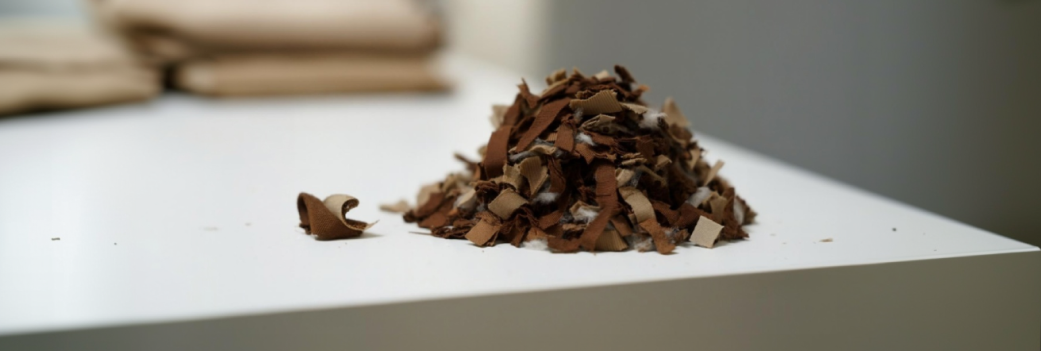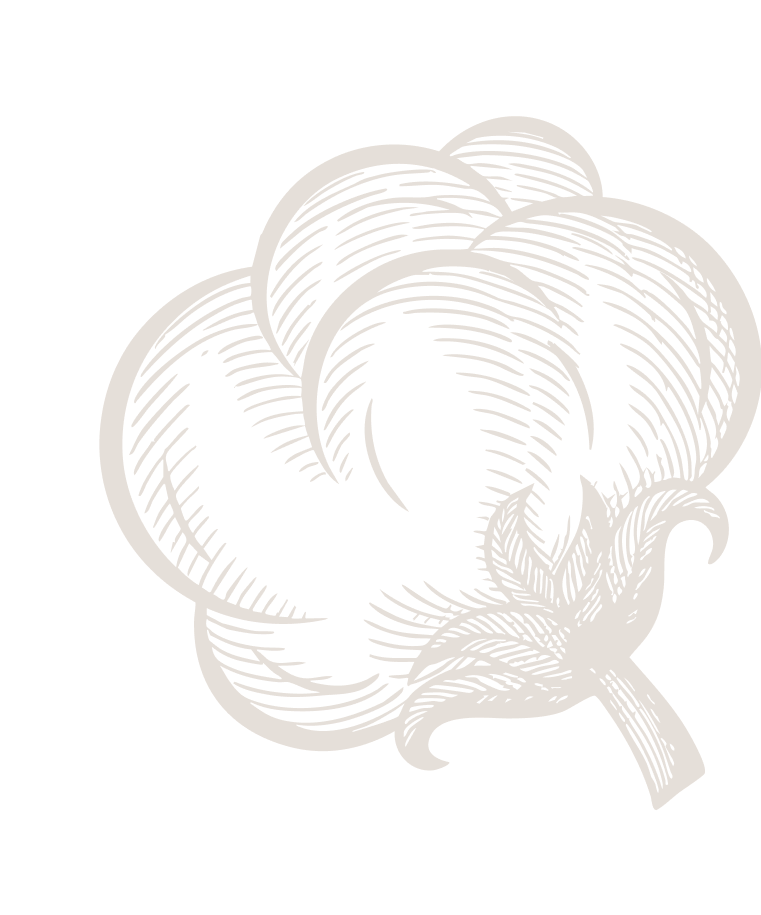
MATERIAL SELECTION
The production of cotton yarn is a long and complicated process that includes several steps which are equally important when producing cotton garments. To produce a cotton sweater after the yarn is spun takes around 5 hours. Read more about the whole process from cotton plant to knitwear garment below
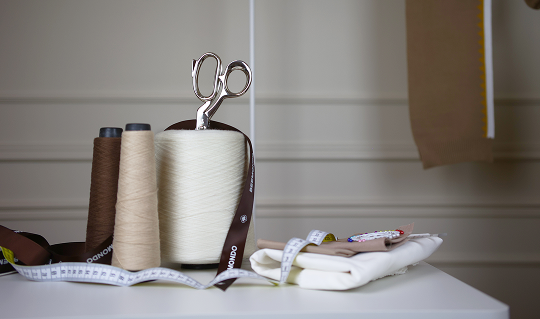
COTTON HARVESTING PROCESS
Cotton is harvested once a year, typically during late summer to early autumn, when the cotton bolls have fully opened and the plant has naturally dried. The fluffy fibers are carefully collected from the cotton plants either by hand or with specialized harvesting machines. In regions where hand-picking is practiced, workers gently remove the cotton to preserve the quality of the fibers. Great care is taken throughout the process to ensure the cotton remains clean, intact, and ready for spinning into soft, breathable yarns—perfect for children’s delicate skin.
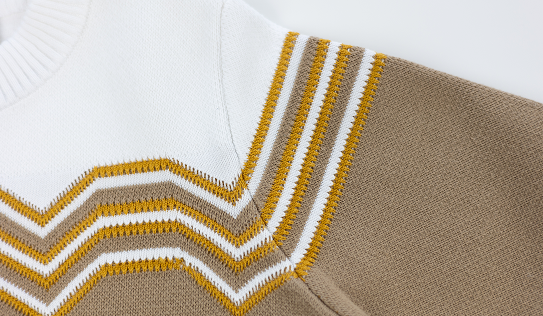
CLEANING AND PREPARING THE COTTON
Once the raw cotton has been harvested from the fields, it is transported to a cleaning and processing facility. Here, the cotton undergoes a careful cleaning process to remove any natural residues such as leaves, soil, or seed fragments. This step often includes multiple rounds of gentle washing and drying, designed to preserve the integrity of the fibers while ensuring purity. After cleaning, the cotton is meticulously inspected by hand to ensure that no remaining particles—like twigs, husks, or debris—remain. This thorough preparation results in clean, soft cotton fibers ready to be spun into high-quality yarns, perfectly suited for sensitive children’s skin.

SEPARATING THE LONG FIBERS FROM THE SHORT
Before cotton can be spun into high-quality yarn, the fibers are carefully sorted by length. This step—known as combing—helps separate the long, smooth fibers from the shorter ones. The longer fibers are more desirable, as they are softer, stronger, and more durable, resulting in a cleaner, more refined finish. Using longer-staple cotton fibers not only improves the overall quality and feel of the fabric, but also minimizes pilling and ensures that the final garment retains its shape and softness over time—ideal for everyday wear, especially for kids..
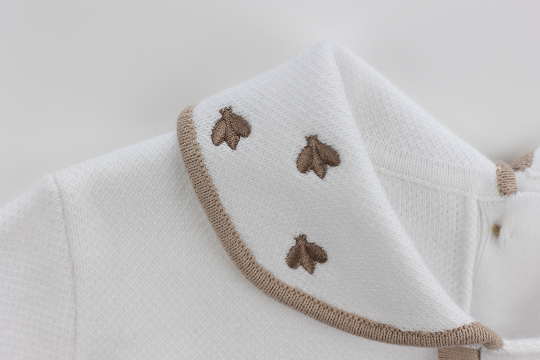
WASHING
When a cotton garment is fully knitted and linked together, it still hasn’t reached its final feel. To achieve the soft, smooth, and breathable texture that defines high-quality cotton knitwear, each piece must go through a final wash. This step is essential to bring out the cotton’s natural softness and remove any remaining residues from the production process. Because different yarns and dye colors react uniquely in water, it’s crucial to carefully adjust the washing time, temperature, and movement for each garment. Done correctly, this ensures that the fabric maintains its shape, color, and comfort. If mishandled, however, the result could be unwanted shrinkage—or a garment that doesn’t live up to the gentle, luxurious feel it was meant to have.
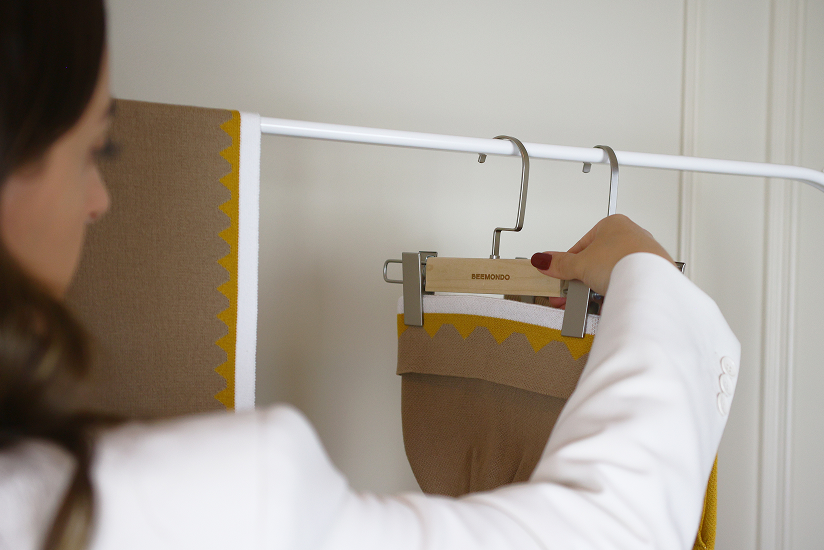
IRONING
The garment is being steamed with a steam iron to get the final correct measurements in place.
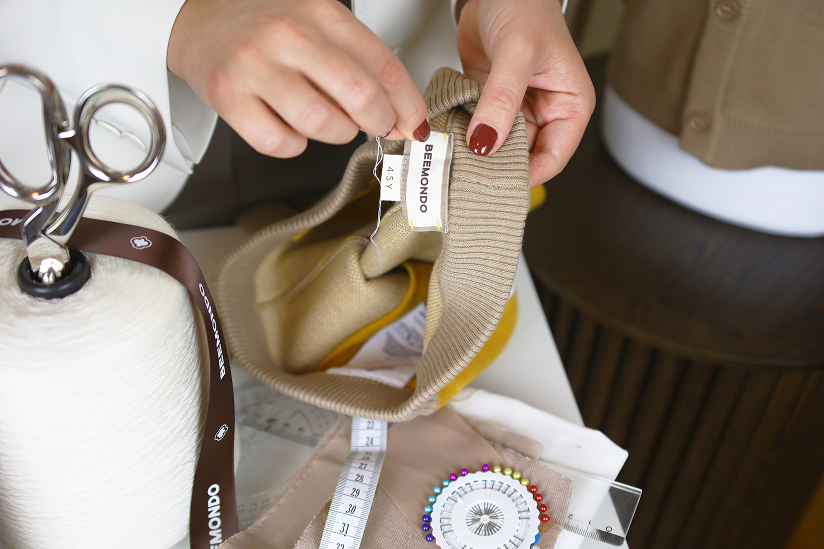
LABELS
The garment main label
is being sewed on.
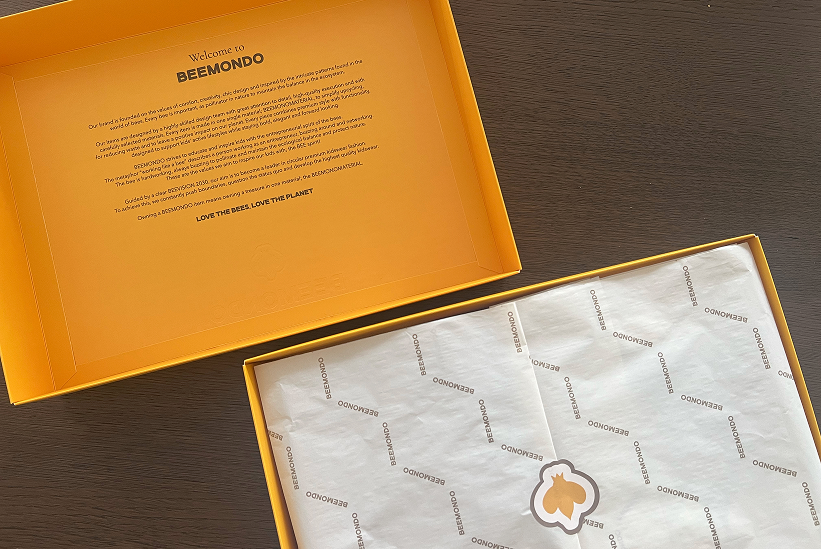
PACKAGING
The garments are being folded, packed into small bags and then put down in cardboard boxes before they are shipped to us.
